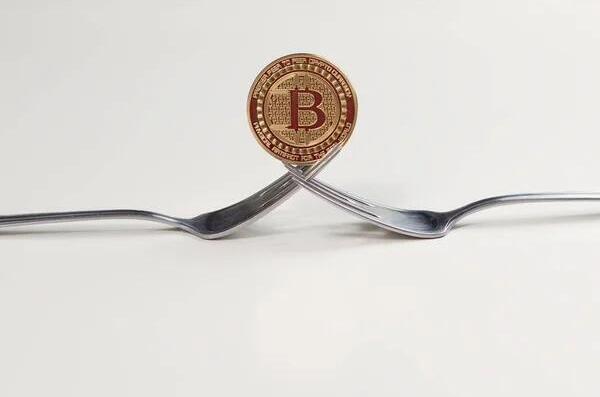What is the Importance of Classifying Commodities Based on Their End-Use?

When it comes to understanding the role of commodities in our economy, it's crucial to delve into the fascinating realm of end-use classification. Just like a secret decoder ring helps us unravel mysteries, classifying commodities based on their ultimate purpose unlocks a wealth of valuable insights. By peering into their end-use categories, we can decipher how these raw materials and products shape our daily lives and drive the wheels of industry.
How Does End-Use Classification Benefit My Investments?
Picture this: You're a savvy investor, navigating the treacherous waters of the financial market. Commodities present an alluring opportunity for diversification, but the sheer variety can be daunting. That's where end-use classification comes to your rescue! By sorting these commodities into specific categories, you gain a deeper understanding of their demand drivers and price fluctuations. It's like having a compass in the chaotic world of finance, guiding your decisions towards more informed and strategic investments.
What Are the Different End-Use Categories?
Let's take a tour through the vibrant tapestry of end-use categories, each a bustling hub of economic activity.
1. Food and Beverage: From the coffee beans that kick-start our mornings to the grains that nourish our bodies, commodities in this category form the backbone of our sustenance. Tracking their production, consumption, and price trends empowers investors to anticipate shifts in demand and make well-informed choices.
2. Industrial Materials: The building blocks of our modern world, industrial materials fuel a vast array of industries. Steel, aluminum, and plastics shape everything from towering skyscrapers to sleek smartphones. Understanding their end-use applications enables investors to gauge potential growth sectors and ride the waves of technological advancements.
3. Energy: The lifeblood of our economy, energy commodities power our homes, fuel our transportation, and drive our industries. By analyzing end-use patterns, investors can decipher the interplay between supply and demand, anticipate price volatility, and invest accordingly.
4. Precious Metals: Gold, silver, and other precious metals have captivated us for centuries. Beyond their intrinsic value and traditional safe-haven status, end-use classification reveals their diverse applications in jewelry, electronics, and even dentistry.
Why Is It Essential to Understand Commodity End-Use?
Grasping the end-use of commodities is akin to deciphering the secret language of the economy. It empowers investors, business leaders, and policymakers with a profound understanding of market dynamics, enabling them to:
1. Anticipate Demand: Understanding the end-use of commodities provides invaluable insights into their demand patterns. From the surge in food consumption during festivals to the cyclical nature of industrial materials demand, deciphering these trends allows for informed investment decisions.
2. Identify Growth Sectors: By analyzing the end-use categories, investors can pinpoint industries poised for growth. For instance, the rising popularity of electric vehicles shines a spotlight on commodities used in battery production.
3. Assess Price Volatility: End-use classification helps investors comprehend the factors that influence commodity prices. Recognizing the impact of supply shocks, weather events, and technological advancements on different end-use categories enables informed risk management.
4. Inform Policy Decisions: Policymakers rely on end-use classification to craft policies that foster economic growth and sustainability. By identifying industries with strategic importance, governments can allocate resources, promote innovation, and mitigate potential disruptions.
How Can I Dig Deeper into Commodity End-Use?
Embarking on an end-use exploration requires a blend of curiosity and resources. Start with reputable sources that provide comprehensive data on commodity production, consumption, and pricing. Industry reports, government publications, and specialized databases are treasure troves of knowledge. Stay abreast of news and economic trends that shape commodity demand and supply. Attend conferences, webinars, and industry events to connect with experts and gain insights into the end-use dynamics of different commodities.
Your Turn: Share Your Commodity End-Use Insights!
Now that we've delved into the world of commodity end-use classification, I'm eager to hear your perspectives. Which end-use category piques your curiosity the most? How has your understanding of commodity end-use influenced your investment decisions or business strategies? Share your thoughts and let's spark a lively discussion!
Please indicate:COINLIVEBASE » What are the advantages of classifying commodities based on their end-use?